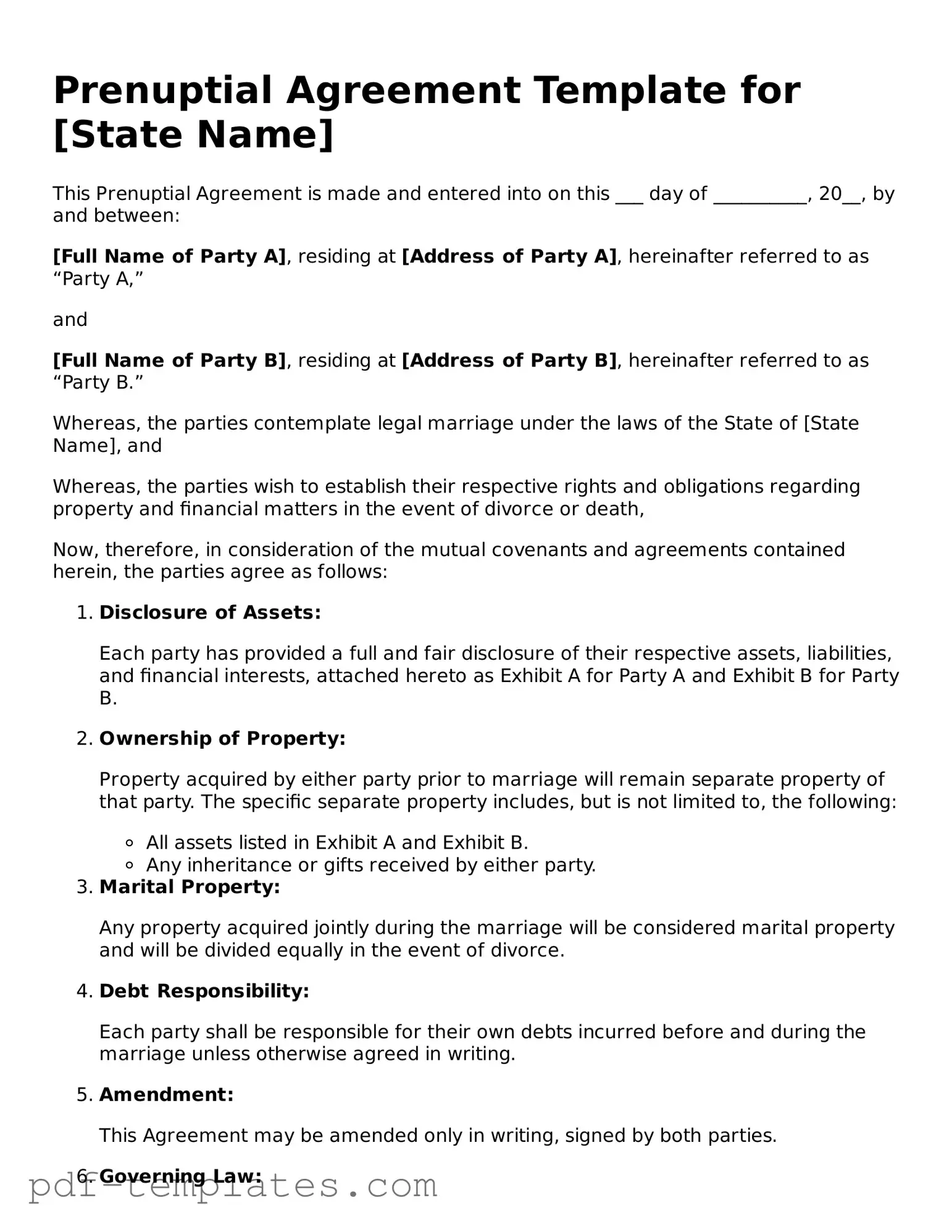When two people decide to tie the knot, they often focus on the joy of their upcoming union, but it’s equally important to consider the practical aspects of their financial future together. A prenuptial agreement, commonly known as a prenup, serves as a crucial tool in this regard. This legal document outlines how assets and debts will be managed during the marriage and what will happen in the event of a divorce. It can address property division, spousal support, and even the handling of future earnings. By discussing these matters before saying “I do,” couples can foster open communication and set clear expectations, which can ultimately strengthen their relationship. Additionally, a well-crafted prenup can protect individual assets and ensure that both parties feel secure and respected. While it may seem daunting to think about potential separation before even beginning a life together, a prenup can provide peace of mind and clarity, allowing couples to focus on building their future without the worry of financial disputes lurking in the background.
